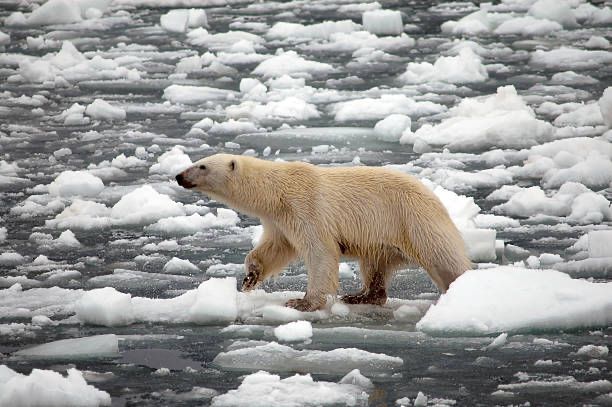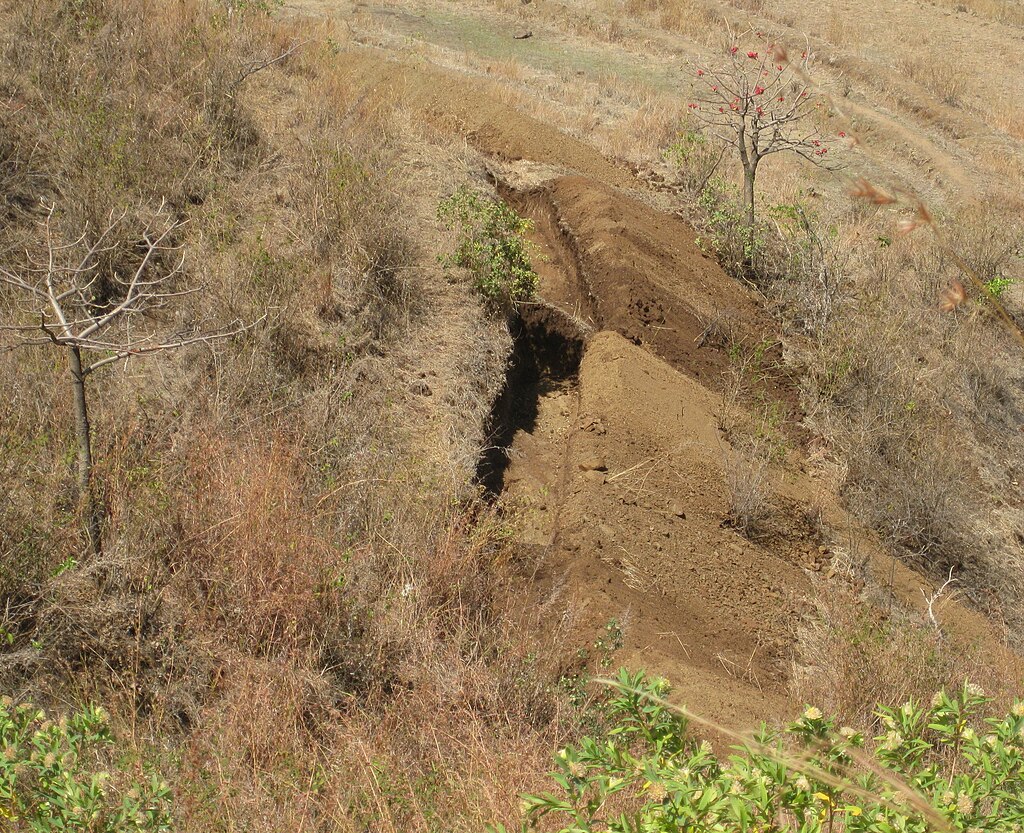Once upon a time, in the icy embrace of the Arctic, there lived a polar bear named Nanuq. His name, meaning “great hunter,” was given to him by his ancestors who thrived in a world where the ice was thick, the fish were plentiful, and the world was still in harmony. But that world was changing—faster than Nanuq could ever imagine.
Nanuq was born on the frigid ice of the Svalbard Archipelago. His mother, Amka, taught him how to swim through freezing waters and track seals across the floating glaciers. But as the years went by, Nanuq’s hunting grounds began to shrink. The ice that once stretched endlessly into the horizon was now breaking apart earlier in the season. His mother had warned him, “When the ice melts, the seals disappear, and we must swim longer, Nanuq. But the ocean is not always kind.”
Nanuq’s world was melting beneath his paws as he swam with all his might yet all he could see was his home crumbling into smaller bits of ice with no hope of food in sight.
Thousands of miles away from Nanuq’s frozen home, another silent crisis was unfolding. Asia, home to the mighty Himalayas and the towering peaks of the Hindu Kush, was losing its glaciers at an alarming rate. According to the International Centre for Integrated Mountain Development (ICIMOD)1The Himalayan glaciers have already lost nearly 40% of their area in the last few
decades. If current trends continue, two-thirds of the region’s glaciers could be gone by the end of this century.
For the people of Asia, the glaciers are not just towering monuments of ice—they are the lifeblood of over 1.9 billion people2 who depend on the rivers fed by these melting giants. The Indus, Ganges, Brahmaputra, and Yangtze Rivers—each nourished by the snowmelt—are now at risk of becoming seasonal trickles, threatening food security, water availability, and livelihoods.
A Reflection from World Water Day: Linking Glaciers to Our Future
Just last week, we reflected on the importance of glaciers during World Water Day (March 22, 2025)3. The theme for this year was “Preserving Glaciers for a Sustainable Future.” We spoke about how the United Nations Conference on Environment and Development (UNCED)—also known as the Earth Summit 19924—laid the foundation for global priorities through Agenda 21 and the Rio Declaration. These initiatives, over the years, have evolved into a robust framework that emphasizes the UN Sustainable Development Goals (SDGs)5 This year, World Water Day highlighted the increasing urgency to protect glaciers, emphasizing that without preserving them, Asia’s fragile water security would be in peril.
The Climate Impact: When Nanuq and Asia Collide
Though separated by thousands of kilometers, Nanuq’s melting home and Asia’s vanishing glaciers share a tragic connection. The rising global temperatures, driven by unchecked carbon emissions, are melting glaciers in the polar regions and high-altitude mountain ranges alike.
The IPCC Special Report on Oceans and Cryosphere6 predicts that Arctic sea ice7 could disappear entirely during summer months by 2050 if global temperatures continue to rise at the current pace. Similarly, the Hindu Kush Himalaya Assessment Report8 warns that even if global warming is limited to 1.5°C above pre-industrial levels, glaciers in the region would still lose at least 36% of their volume by 2100.
The Urgent Need For Action Beyond Awareness
Nanuq’s struggles mirror the struggles of billions of people who rely on glacial water. Every year, as the ice beneath his feet thins, his chances of survival diminish. In Asia, farmers who depend on glacier-fed rivers for irrigation are seeing their lands turn barren. Urban dwellers face increasing water scarcity, while downstream ecosystems suffer from unpredictable water flows.
But the situation is not beyond redemption, there’s still hope for change that we can partake in.
What Can We Do?
- Reduce Your Carbon Footprint: Every small action counts. Individuals can contribute by making conscious choices such as using public transportation, reducing air travel, carpooling, and switching to energy-efficient appliances. Opting for renewable energy sources where possible, reducing meat consumption, and supporting local, sustainable products can significantly cut down on personal carbon emissions.
- Conserve Water and Reduce Waste: With glaciers melting and water becoming scarce, it’s essential to conserve water at home. Simple habits like fixing leaks, using water-efficient fixtures, harvesting rainwater, and being mindful of water use while cooking, cleaning, or watering plants can make a big difference. Reducing plastic use and properly disposing of waste can also prevent harmful materials from reaching water bodies and damaging ecosystems.
- Support Grassroots Movements: Community-driven initiatives play a critical role in water conservation. NGOs like the Aarangar Environment Action Foundation9 in Rajasthan, India, have been working to raise awareness about traditional water management techniques and glacier preservation. Supporting such organizations through donations, volunteering, or spreading awareness amplifies their impact.
- Promote Indigenous Knowledge: Indigenous communities, like the nomadic herders of Mongolia10 or the mountain communities of Nepal11, have long understood the delicate balance between human life and glacial ecosystems. Learning from and advocating for the preservation of these practices can help build climate-resilient communities. Supporting fair-trade indigenous products and engaging in cultural exchange can also help sustain their knowledge and livelihoods.
By making mindful choices and supporting community-based initiatives, individuals can become active participants in preserving our planet’s delicate balance—because protecting glaciers and safeguarding water security starts with us.
The Silent Cry: Will We Listen?
As Nanuq paddles across the melting Arctic, searching for a piece of stable ice, he wonders if the world is listening. His ancestors had thrived in a world where the glaciers were eternal, but now, the ice is a fragile memory. In the Himalayas, the rivers that have sustained civilizations for millennia now carry the whispers of melting ice.
Will we listen to these silent cries before it’s too late? Or will we let both Nanuq and Asia’s billions suffer the consequences of our inaction?
A Hope for Tomorrow: Nanuq’s Final Plea
Nanuq’s journey is not over. As he drifts along shrinking icebergs, he holds onto hope—hope that the world will act, that leaders will honor their commitments to sustainability, and that future generations will inherit a planet where glaciers stand as sentinels of life, not as fading relics.
But hope is not enough. It’s time to move beyond hope and take decisive action before the silent cry of Nanuq and Asia’s glaciers becomes a permanent echo of the past.







Leave a Reply